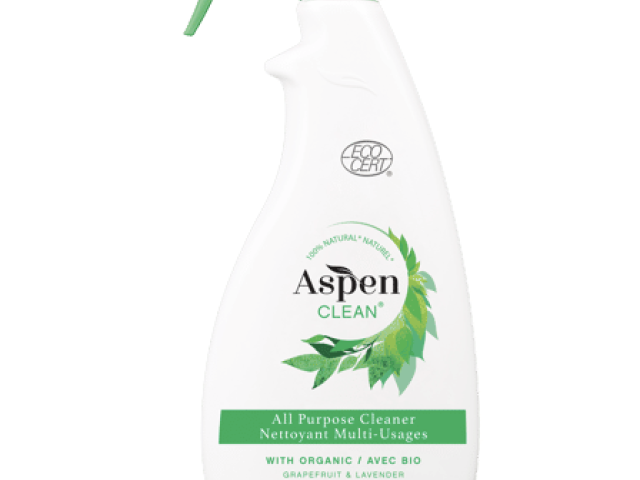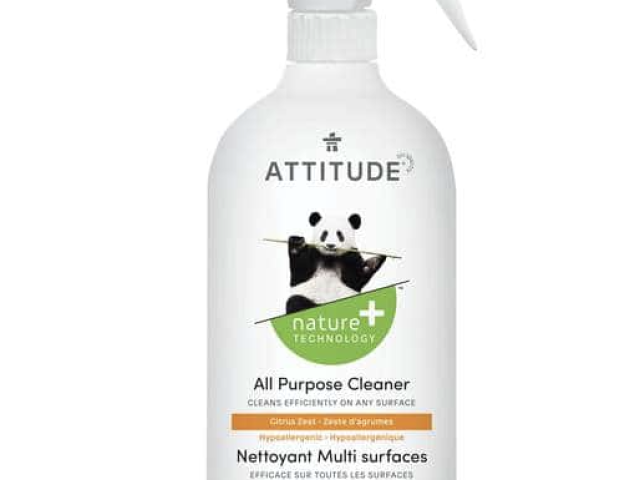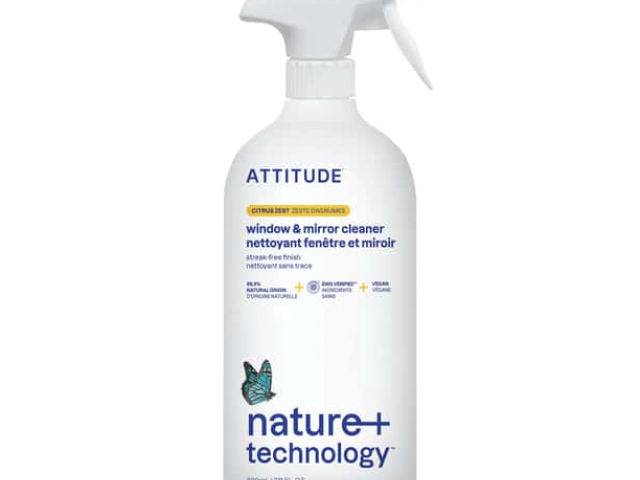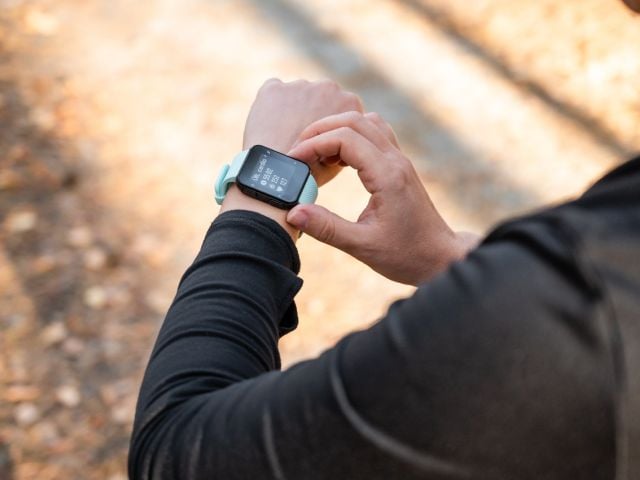
As winter break winds down, college students are gearing up to return to campus for the spring semester. Dust, dirt and odors might have collected while you were away, but before you start cleaning up, consider healthier ways to spruce up your personal space.
And with cold and flu season still in full swing, cleaning high-touch surfaces is an important way to help reduce exposure to germs, for a safer start to the year ahead.
Many cleaning products contain chemicals linked to respiratory irritation, allergies and other health concerns. But dorm cleaning doesn’t have to rely on them – EWG is here to show that healthier and less toxic but still effective alternatives exist.
For over 30 years, EWG has empowered consumers with peer-reviewed research, consumer guides and more to reduce exposures to potentially harmful chemicals, especially in everyday products like cleaners. Look for the EWG Verified® mark on cleaning products.
These cleaners avoid harmful ingredients found on our “unacceptable” list and provide full transparency, including disclosure of the often mystery mix of chemicals known as “fragrance.”These safer alternatives are an excellent choice if you're looking for an effective, healthier option compared to conventional cleaners
Simple dorm cleaning tips
Whether or not you purchase EWG Verified products, here are seven simple steps to consider for cleaning a dorm room before you unpack:
1. Clean or disinfect high-touch surfaces
Start by wiping down the most commonly touched areas in the room, such as doorknobs, light switches, drawer handles and remotes. These spots collect germs and grime quickly, so if you’re looking to disinfect as well as clean, use a disinfectant afterwards.
You can also use a dual-purpose cleaner with active ingredients like hydrogen peroxide, ethyl alcohol or citric acid. Avoid those whose ingredients list includes more hazardous chemicals like sodium hypochlorite and quaternary ammonium compounds.
2. Wipe down furniture and surfaces
Dust accumulates quickly in closed spaces, carrying allergens, pollutants and even chemical residues from indoor items like electronics or furniture. Use a sponge or damp cloth to wipe down all surfaces, including desks, shelves and window sills, to trap dust rather than disperse it.
3. Clean glass and mirrors
For windows and mirrors, skip cleaners with ammonia, which can irritate eyes and lungs. Instead mix equal parts water and vinegar in a spray bottle, and wipe with a lint-free cloth for streak-free results.
The EWG Verified mark indicates that a glass cleaner meets our most rigorous standards for health, helping you choose options designed to be effective while reducing exposure to potentially harmful chemicals.
4. Clean floors and baseboards
Start with sweeping or vacuuming, paying attention to corners and under furniture. For tile or hardwood floors, mop them with an all-purpose product intended for use on floors or with an EWG Verified floor cleaner.
For carpeted rooms, vacuum thoroughly with a HEPA filter machine, which can capture smaller particles.
Baseboards are an often overlooked part of a room that can accumulate a lot of dust and dirt. Don’t forget to attack them with your vacuum attachment or clean them before vacuuming or mopping with a damp sponge, cloth, duster to keep the room fresh and reduce allergens.
5. Refresh appliances
Take a few minutes to clean your mini-fridge, microwave and other appliances. Wipe shelves, remove food residue and use baking soda to neutralize odors.
6. Ventilate your room
Once you've cleaned, open any windows to let fresh air in and improve air circulation. This will help clear out lingering dust and germs.
Skip synthetic air fresheners, which often contain volatile organic compounds linked to respiratory irritation.
Simmer natural ingredients like citrus peels or cinnamon sticks in a small pot of water for a pleasant aroma. Place bowls of baking soda around the room to absorb lingering odors.
7. Practice good hand hygiene
Keeping your hands clean is vital in shared spaces. Wash with soap and water regularly or use an EWG Verified hand sanitizer when on the go.
A healthy start to the semester
By using EWG Verified products and following these tips, you can start the semester on a fresh, positive note in a space that truly feels like home, while prioritizing your health and safety.
###

















